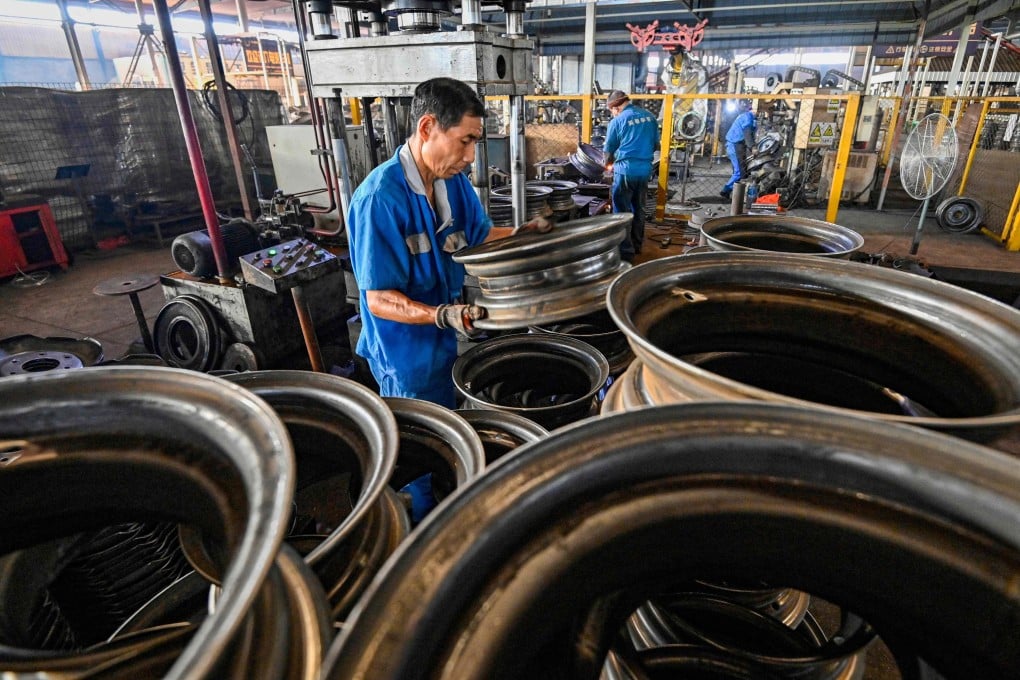Explainer | As China’s ‘shock and awe’ strategy simmers: 4 takeaways from September’s PMIs
China’s official manufacturing purchasing managers’ index hit a five-month high, but reading from a private survey slipped into contraction

1. Manufacturing hits 5-month high, but activity remains subdued
It exceeded the expected reading of 49.5 predicted by economists polled by Bloomberg but remained in contractionary territory for the fifth consecutive month, “signalling still-subdued factory activity”, according to analysts.
A reading above 50 typically indicates an expansion of economic activity, whereas a reading below implies a contraction.
“The upside surprise was largely due to incomplete seasonal adjustments, as September is usually a month of more robust manufacturing activity, rather than a real improvement in the economy,” said analysts at Japanese investment bank Nomura.
Within the official manufacturing PMI, the new manufacturing export order subindex fell to 47.5 in September from 48.7 in August.
